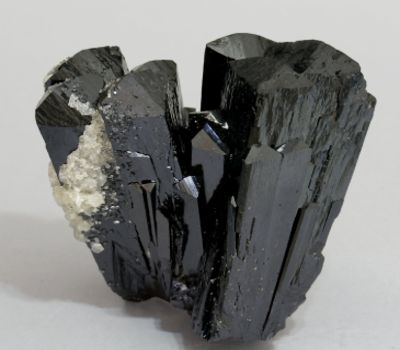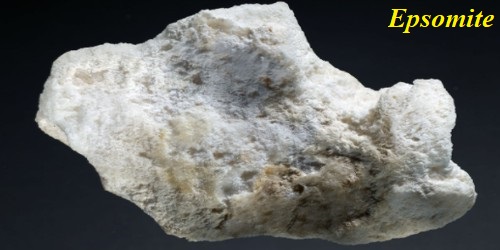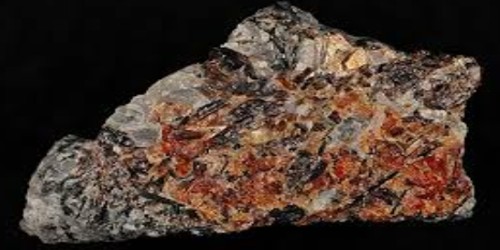Ilvaite is a sorosilicate of iron and calcium with the formula: CaFe22+Fe3+Si2O7O(OH). Both manganese and magnesium substitute in the structure. It is a mineral consisting of a basic silicate of calcium and iron, typically occurring as black prisms. It has a dark grey/black slightly metallic appearance. Its name is derived from the Latin name Ilva for the island of Elba where it was first discovered.
General Information
- Category: Sorosilicates
- Formula: CaFe22+Fe3+Si2O7O(OH)
- Crystal system: Monoclinic
- Crystal class: Prismatic (2/m) (same H-M symbol)

Fig: Ilvaite
Properties
Ilvaite crystallizes in the monoclinic system in black prismatic crystals and columnar masses. It is black to brownish black to gray and opaque. It has a Mohs hardness of 5.5 to 6 and a specific gravity of 3.8 to 4.1. Ilvaite is structurally related to lawsonite.
- Mohs scale hardness: 5.5-6
- Streak: black
- Specific gravity: 3.8-4.1
- Cleavage: {010} Distinct, {001} Distinct
- Color: Iron black, Dark grayish black.
- Density: 3.99 – 4.05, Average = 4.01
- Diaphaneity: Opaque
- Hardness: 5.5-6 – Knife Blade-Orthoclase
- Luminescence: Non-fluorescent.
- Luster: Sub Metallic
Occurrence: In contact metasomatic rocks and iron deposits; in metamorphosed limestones and dolostones with other calc-silicate minerals. It occurs in contact metamorphic rocks and skarn ore deposits. It also occurs less commonly in syenites.
Ilvaite was first described in 1811 on the island of Elba and the name ilvaite from the Latin name ilva of the island. Sometimes referred to as yenite.
Association: Quartz, magnetite, hedenbergite, sphalerite, °uorite.
Information Source:
















